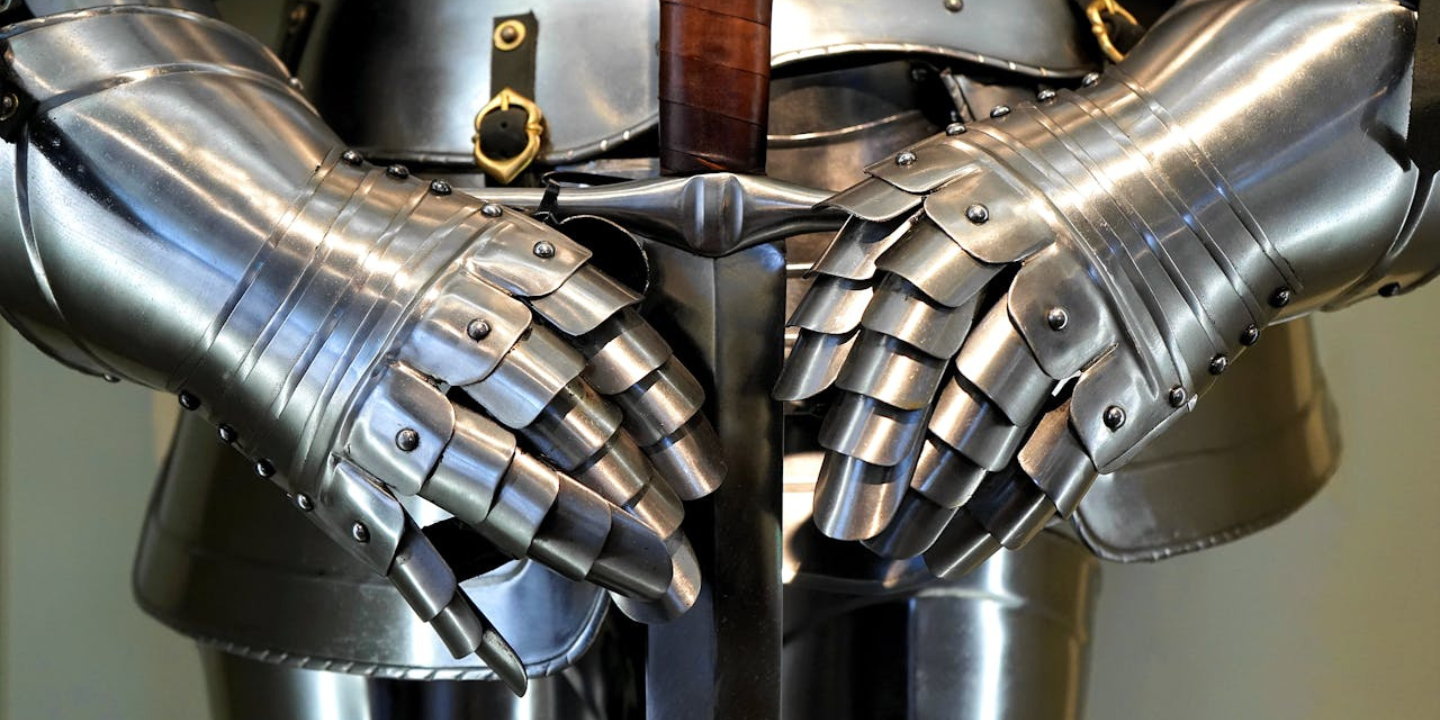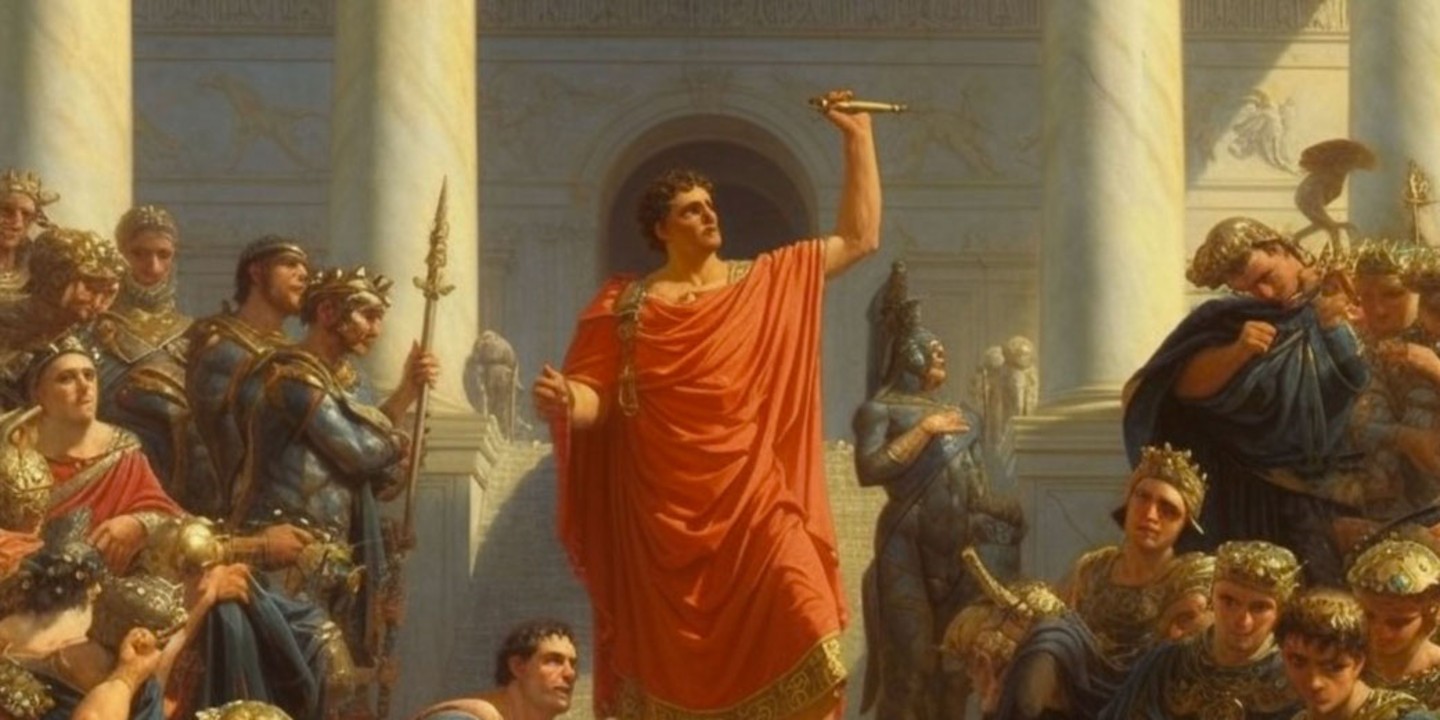India Like Never Before
India has a past full of surprises, packed with clever inventions, stunning architecture, and unforgettable stories of love, bravery, and rebellion. Every corner holds a tale that can amaze, inspire, or even make you smile. Curious to explore these hidden gems and see the country in a whole new light? Start with our list of 20 fascinating historical facts about India and watch history come alive!
1. India Was The First Country To Mine Diamonds
India stands as the birthplace of diamond mining, with the first documented discoveries dating back to 700 BC. For nearly two millennia, this ancient civilization remained the world's exclusive source of diamonds, particularly from legendary regions like Golconda, until other deposits emerged in the 18th century.
 #watch | India: The first country to mine diamonds | NewsX by NewsX
#watch | India: The first country to mine diamonds | NewsX by NewsX
2. The World’s Oldest University Was Nalanda
If you think your local university has some history, hold onto your mortarboard - Nalanda University in Bihar, India, was already a thriving residential campus back in 427 AD. The Buddhist powerhouse of learning kept its doors open until 1197, drawing ambitious scholars from China, Korea, and Central Asia.
3. Aryabhata Introduced Zero And The Decimal System
Through vibrant trade routes connecting ancient India to Arab lands, Aryabhata's mathematical insights from 476-550 CE sparked a revolutionary exchange. His work, alongside other Indian scholars like Brahmagupta, who formalized zero in 628 CE, gave birth to the decimal system and Arabic numerals used globally today.
4. Indus Valley’s Advanced Urban Planning
When archaeologists first uncovered the ancient Indus Valley ruins, they were stunned by an engineering puzzle: intricate networks of drains and pipes dating to 2800 BC. The mystery deepened as they revealed sophisticated city grids where every home connected to public wells and communal sewage systems—technology surpassing much of what came later.
 Vyacheslav Argenberg on Wikimedia
Vyacheslav Argenberg on Wikimedia
5. Kumbh Mela Is The Largest Peaceful Gathering In History
Like the sacred rhythms of time itself, the Kumbh Mela flows from river to river across India, as millions of Hindu pilgrims follow its spiritual cycle between Prayagraj, Haridwar, Ujjain, and Nashik. This rotating ritual gathering also stands as humanity's largest peaceful assembly.
6. India’s First Rocket Was Carried On A Bicycle
In 1963, a bicycle basket carried India’s space dreams through the streets of Thumba, Kerala, holding the nation’s first rocket in its humble confines. That small launch marked the beginning of India’s space journey, leading to missions that reach Mars, orbit the Moon, and deploy satellites around the world.
7. The Iron Pillar Of Delhi Has Never Rusted
While modern cars rust after a few years, an ancient marvel in Delhi's Qutb complex has been shrugging off corrosion for over 1,600 years. The Iron Pillar's secret? A composition of 98% wrought iron that still has scientists scratching their heads and studying its remarkable properties.
8. Ashoka’s Empire Codified Animal Welfare Laws
After the brutal Kalinga War transformed him, Emperor Ashoka embraced Buddhism and revolutionized his Maurya Empire through unprecedented animal protection laws. His edicts promoting nonviolence and compassion towards animals were permanently inscribed on pillars and rocks throughout India, codifying animal welfare for generations.
 Photo Dharma from Sadao, Thailand on Wikimedia
Photo Dharma from Sadao, Thailand on Wikimedia
9. Chess Originated In India As Chaturanga
Where today's chess players move bishops and rooks across the board, ancient Indians maneuvered elephants and chariots in Chaturanga, the game's sixth-century predecessor from the Gupta Empire. This military-inspired creation spread to Persia, and transform its infantry and cavalry pieces into modern chess.
10. India Has The World’s Longest Written Constitution
A nation as vast as India demanded a framework as monumental as its spirit. Spanning 22 parts, 395 articles, and eight schedules, this 145,000-word constitution, adopted in 1949 and enacted in 1950, became more than law—it became the enduring heartbeat of a fledgling democracy, a testament to unity and order.
11. Varanasi Is One Of The Oldest Living Cities
As pilgrims descend the ancient ghats to perform ritual baths in the sacred Ganges, they become part of Varanasi's living legacy. This continuously inhabited city, also known as Benares, stands as Hinduism's spiritual heart, renowned for both its silk-weaving heritage and vibrant festivals.
12. Tipu Sultan Pioneered Military Rocketry
In the late 18th century, Tipu Sultan transformed warfare by creating iron-cased rockets in Mysore. These advanced weapons struck fear into British forces and later influenced the design of Britain’s Congreve rockets. Today, Tipu’s original rockets are preserved in museums and stand as a powerful reminder of his military ingenuity and the technological leaps achieved under his leadership.
 Unknown authorUnknown author on Wikimedia
Unknown authorUnknown author on Wikimedia
13. Ancient Indian Texts Described Early Surgeries
At a time when most civilizations were still grappling with basic medicine, ancient India had mastered sophisticated surgical techniques. The Sushruta Samhita, authored by Sushruta, the father of surgery, detailed revolutionary procedures like rhinoplasty and cataract operations, showcasing medical knowledge centuries ahead of contemporaries.
14. The 1857 Rebellion Ended The East India Company
Just imagine your small mutiny accidentally toppling a multinational corporation. That’s exactly what happened in 1857. Starting as a minor military revolt, the 1857 uprising spiraled into a full-scale rebellion that dissolved the East India Company’s authority and transferred power to the British Crown. Talk about unintended consequences!
15. The Taj Mahal Was Built As A Mausoleum Of Love
Love stories usually end with "happily ever after," but sometimes grief writes the most lasting tributes. When Mughal emperor Shah Jahan lost his beloved wife Mumtaz Mahal, his heartache inspired the 17th-century creation of the Taj Mahal, now a UNESCO World Heritage site and history’s enduring symbol of devotion, artistry, and eternal love.
 Dhirad, picture edited by J. A. Knudsen on Wikimedia
Dhirad, picture edited by J. A. Knudsen on Wikimedia
16. India Co-Founded The Non-Aligned Movement
As the United States and Soviet Union divided the world into opposing camps during the Cold War, India charted a different course. Under Prime Minister Jawaharlal Nehru's guidance, India helped establish the Non-Aligned Movement, which created a third path that would eventually unite over 100 nations seeking independence from superpower politics.
 Keystone View Company/FPG on Wikimedia
Keystone View Company/FPG on Wikimedia
17. Brihadeeswarar Is The World’s First Granite Temple
Defying architectural limits of its time, the Brihadeeswarar Temple stands as humanity's first all-granite temple, an 11th-century engineering marvel from Tamil Nadu's Chola dynasty. This UNESCO World Heritage site, built under Raja Raja Chola I, showcases remarkable Chola craftsmanship.
18. Tagore Was Asia’s First Nobel Laureate In Literature
A master of multiple literary forms, Rabindranath Tagore wove magic through novels, plays, songs, and poetry. His versatility shone brightest when "Gitanjali" earned him the 1913 Nobel Prize in Literature - Asia's first - while his enduring genius lives on in India's national anthem.
 Unknown authorUnknown author on Wikimedia
Unknown authorUnknown author on Wikimedia
19. The Partition Of India Caused The Largest Mass Migration
What began as a political decree - the creation of independent India and Pakistan in 1947 - unleashed devastating human consequences on the ground. The partition sparked history's largest mass migration, forcing millions to flee across new borders while communal violence tore through splintering communities.
 Unknown authorUnknown author on Wikimedia
Unknown authorUnknown author on Wikimedia
20. India’s Stepwells Are Architectural And Cultural Marvels
Step into Gujarat's Rani Ki Vav, a UNESCO-honored stepwell where intricate carvings adorn multi-storied pavilions, and you'll find more than architectural brilliance. Across western India, these underground structures stored water efficiently and served as gathering places for social and religious activities, which showcased the skill and vision of their builders.
KEEP ON READING

20 Common Misconceptions People Have About The Middle Ages
It’s Not All Knights and Shining Armor. Many people romanticize…
By Farva Ivkovic Nov 4, 2024
20 Powerful Ancient Egyptian Gods That Were Worshipped
Unique Religious Figures in Ancient Egypt. While most people are…
By Cathy Liu Nov 27, 2024
The 10 Scariest Dinosaurs From The Mesozoic Era & The…
The Largest Creatures To Roam The Earth. It can be…
By Cathy Liu Nov 28, 2024
The 20 Most Stunning Ancient Greek Landmarks
Ancient Greek Sites To Witness With Your Own Eyes. For…
By Cathy Liu Dec 2, 2024
10 Historical Villains Who Weren't THAT Bad
Sometimes people end up getting a worse reputation than they…
By Robbie Woods Dec 3, 2024
One Tiny Mistake Exposed A $3 Billion Heist
While still in college, Jimmy Zhong discovered a loophole that…
By Robbie Woods Dec 3, 2024













